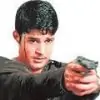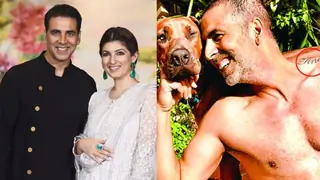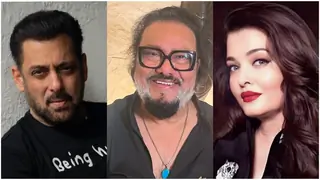Instrumental Music
In North Indian or Hindustani music, the major stringed instrument is usually either the sitar, a long-necked fretted lute, or the sarod, a plucked lute without frets, and with a considerably shorter neck than the sitar. Other major stringed instruments include the sarangi, a short-necked bowed lute, and the surbahar, which is much like the sitar except larger. Wind instruments include the shehnai, which has no keys, and the bansuri, a bamboo flute, blown from the side, and with six or seven holes. In a concert, rhythmic accompaniment is provided by tabla, a pair of small drums played with the fingers, and the drone is provided by the tanpura.
In South Indian or Carnatic music, the vina, a long- necked and fretted plucked lute with seven strings is most commonly heard. The vina takes the place of the bansuri, and the nagaswaram, an oboe-like, double-reed instrument with finger holes, takes the place of the shehnai. The principal secondary instrument has been the violin, though now the violin has been raised to new heights at the hands of some practitioners. Several percussion instruments are used to provide rhythmic accompaniment, most notably the mridangam, a double-conical, two-headed drum. The sarangi is associated almost solely with Ram Narayan; the shehnai, likewise, is associated with Bismillah Khan, who has achieved such fame that one of the principal concert halls in Tehran is named after him. The shehnai is also commonly heard in north Indian marriages. There have been many notable tabla players, but a phenomenon unto himself has been Zakir Hussain, who has also combined with various western musicians to produce many "fusion" recordings. Though the tabla is an accompanying instrument, Zakir Hussain is more than capable of commanding an entire performance by himself. Also noteworthy as a performer is Shiv Kumar Sharma, who single-handedly brought the santoor, a folk instrument from Kashmir with more than 100 strings, into classical Indian music. In the West, the most well-known of all the instruments is undoubtedly the sitar, having been made famous by Ravi Shankar.
However, there have been other great performers of the sitar, and none, with the exception of Vilayat Khan, had attained such mastery in the playing of the sitar as Pandit Nikhil Banerjee. Born in 1931, Nikhil Banerjee received his musical instruction from Pandit Birendra Kishore Roy Chowdhry and, later, from Baba Allauddin Khan, perhaps the greatest name in Hindustani music. He also came under the influence of Ali Akbar Khan, the sarod maestro, and Annapurna Devi, the daughter of Allauddin Khan and the then wife of Ravi Shankar: his music also hints at the profound impact of Ustad Amir Khan. Such an extraordinary legacy was bound to show in Nikhil Banerjee's music, and no one who ever saw him in concert could fail to be impressed with his extraordinary sadhana, spiritual discipline. Nikhil Banerjee passed away at the age of 54 on 27 January 1986. The excerpt here is from "Raga Des"; the tabla accompaniment is by Pt. Samta Prasad.
Edited by Qwest - 18 years ago
































